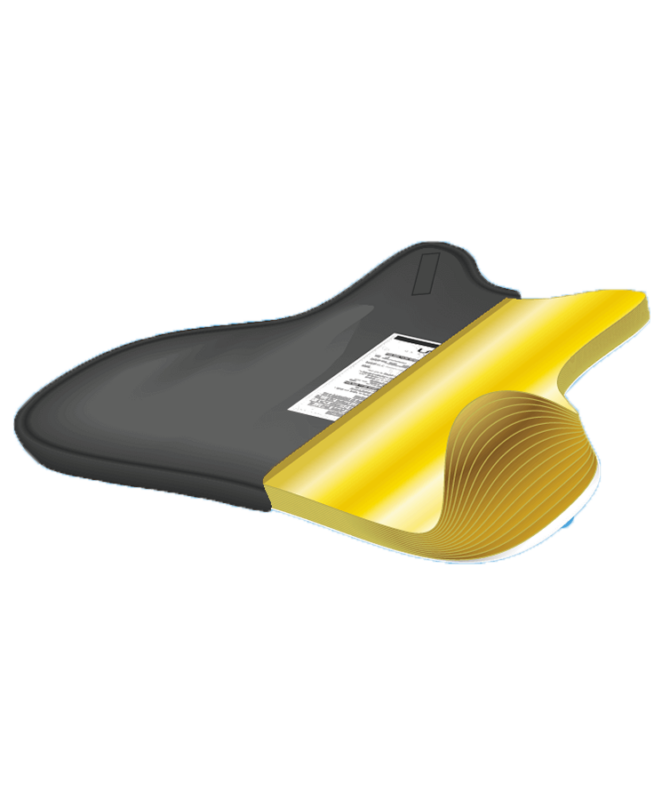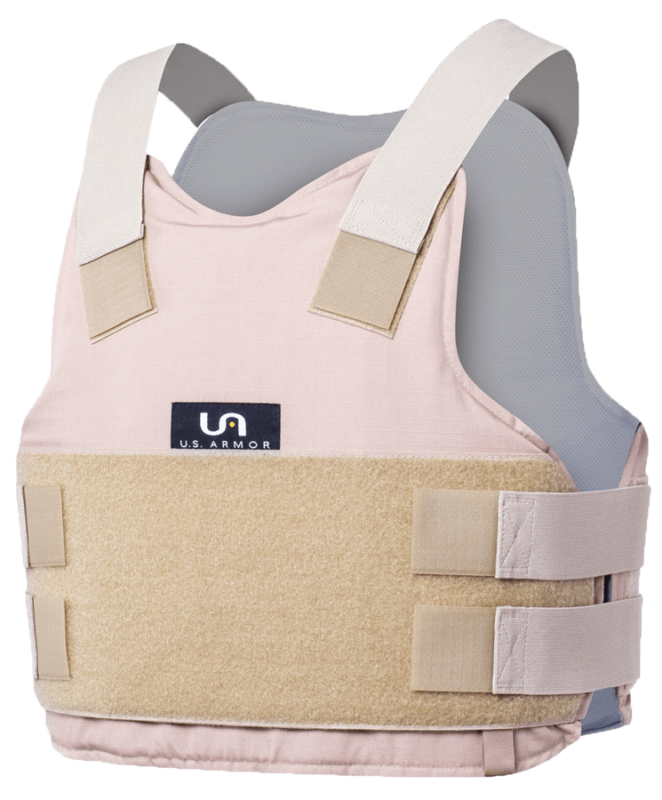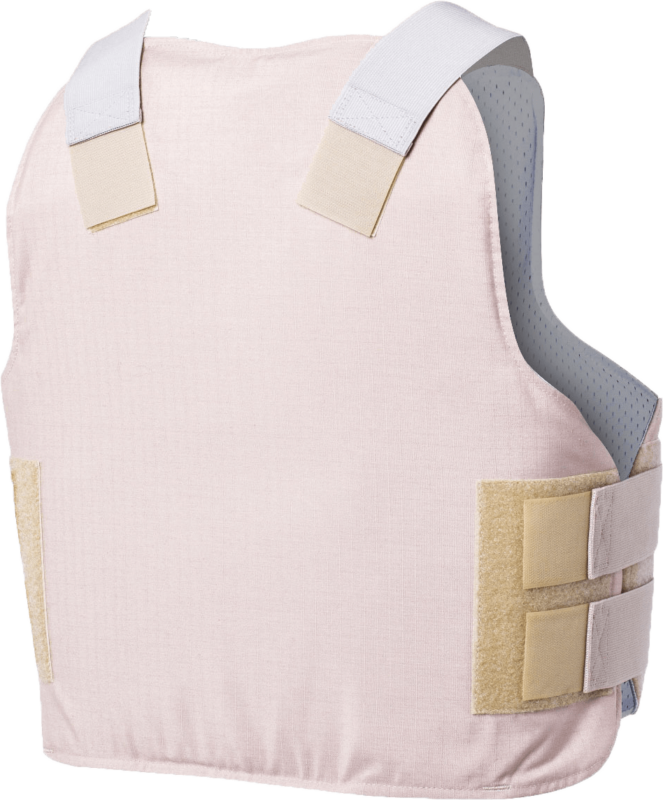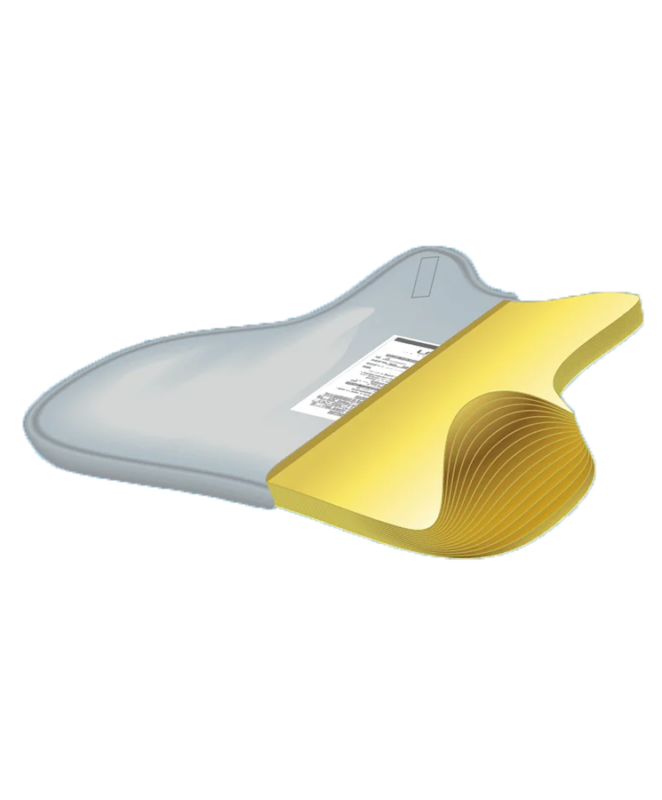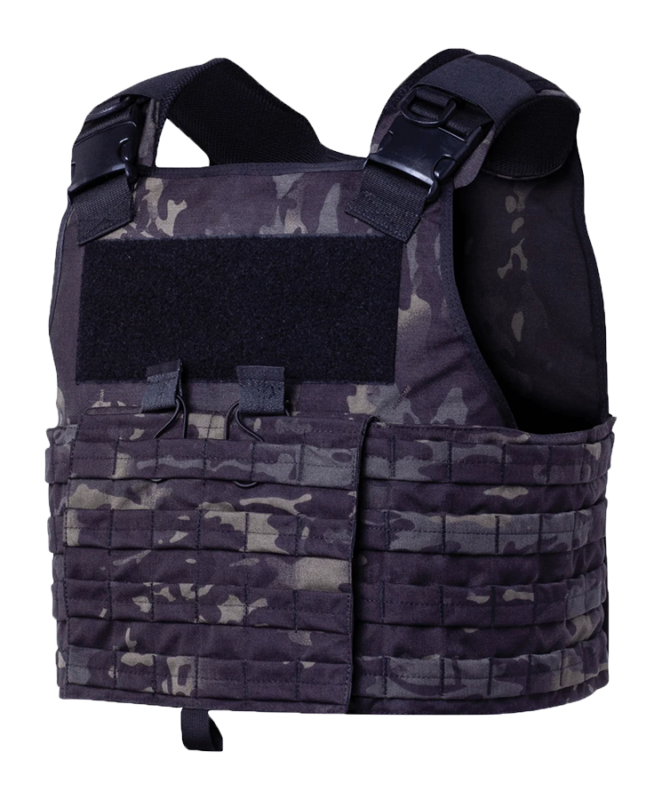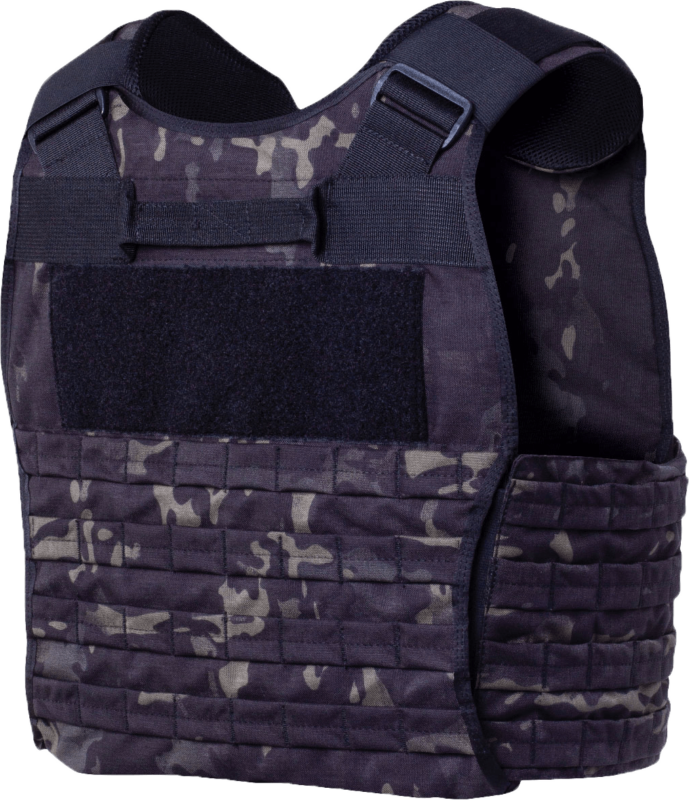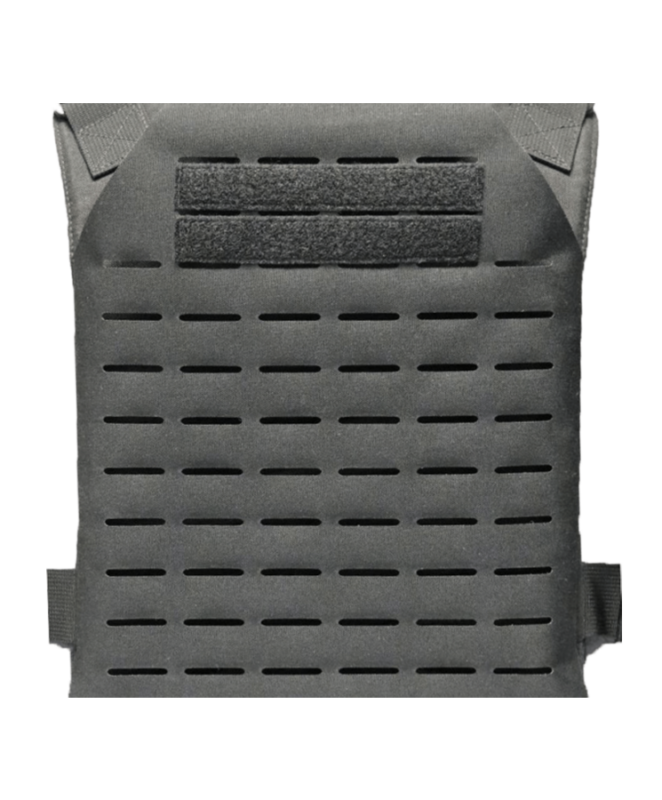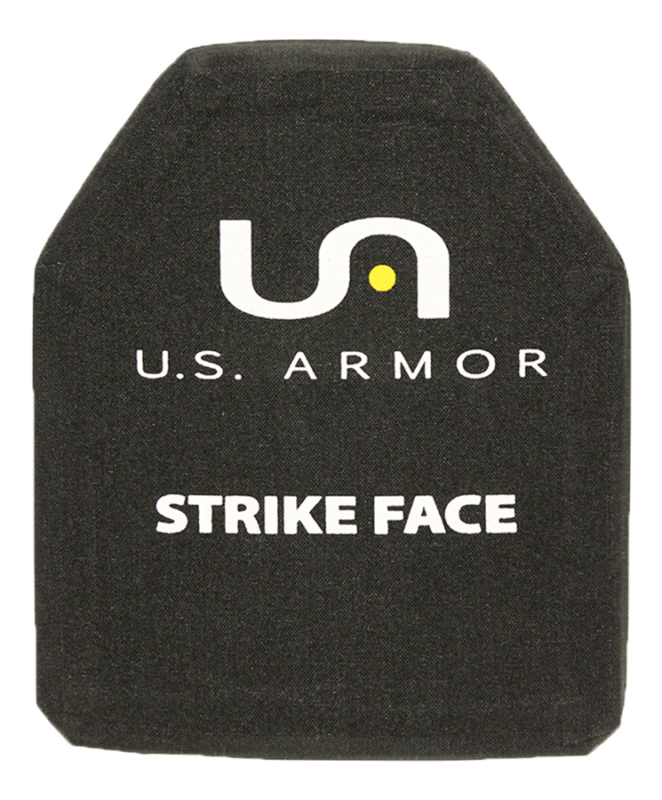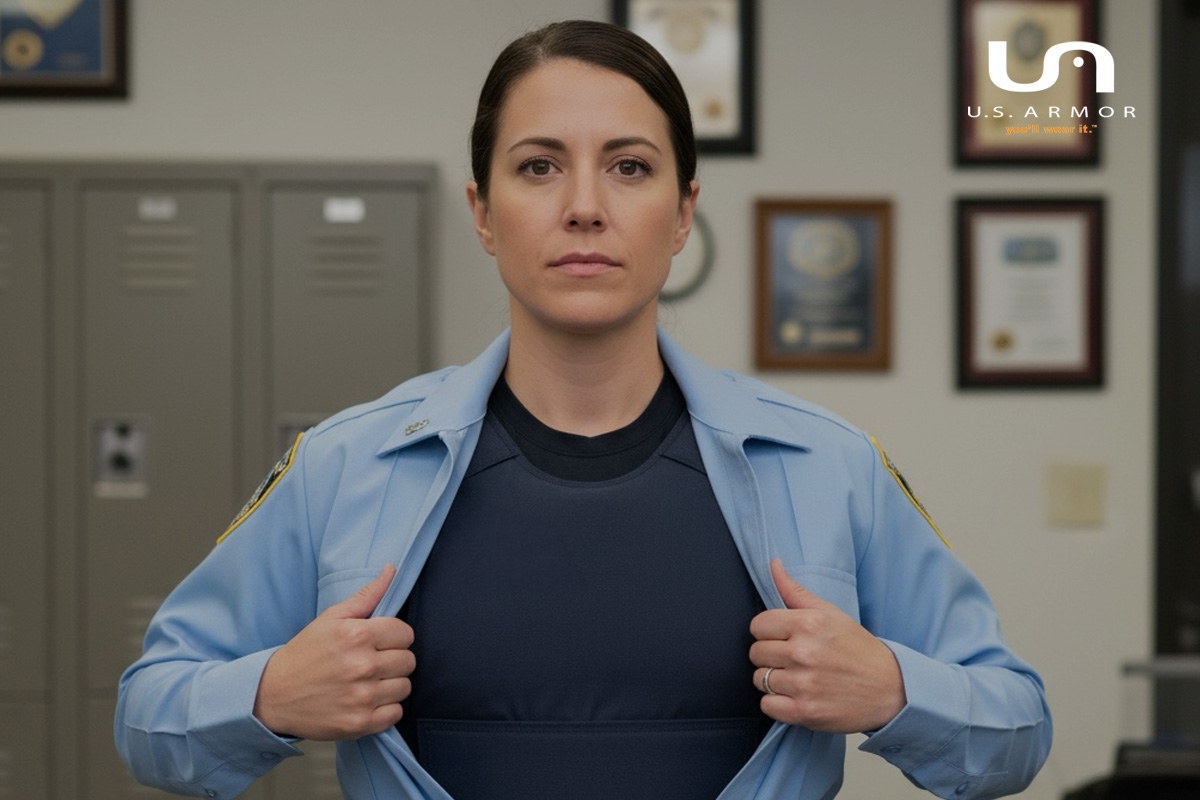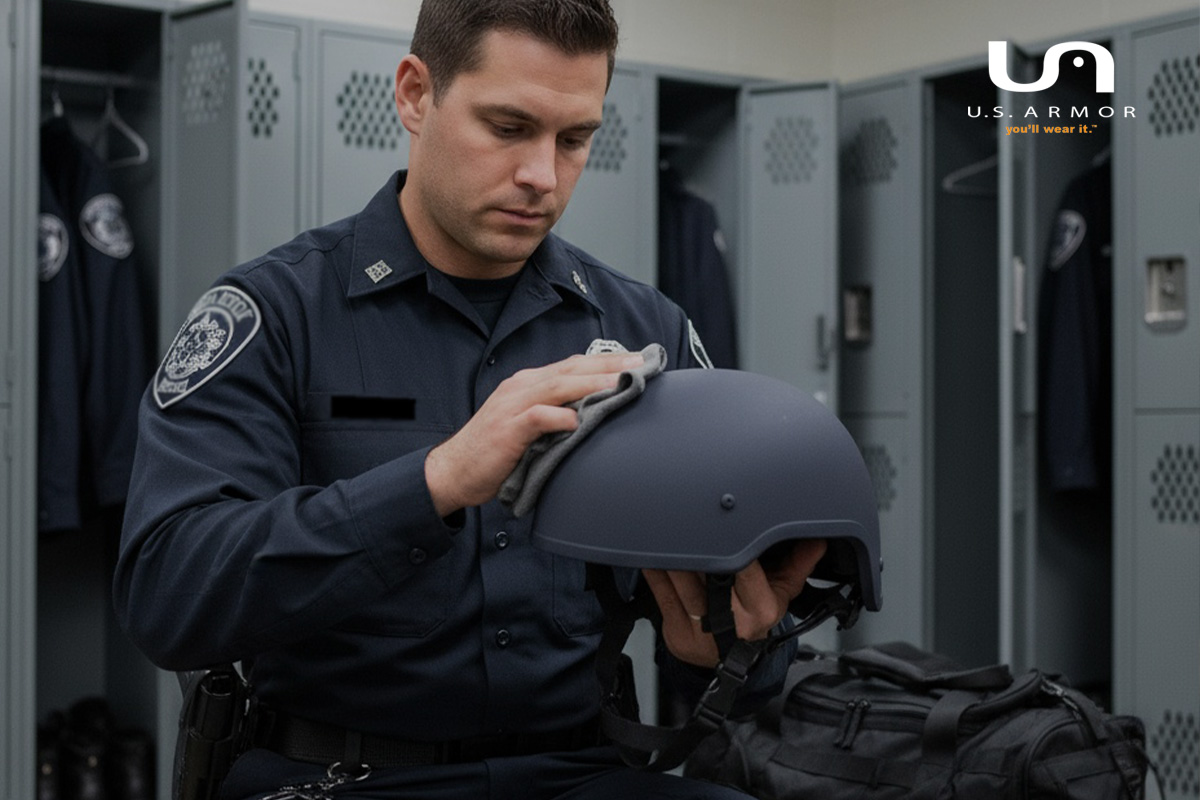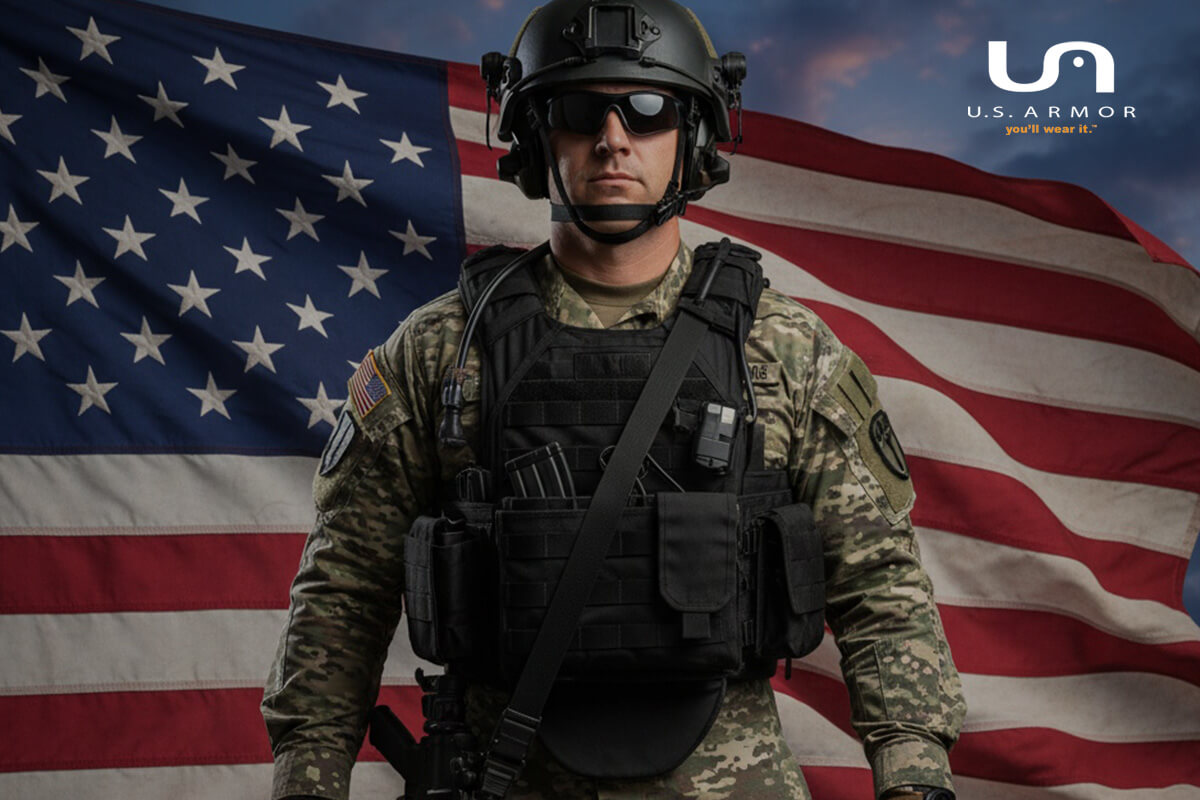Soft Body Armor vs Hard Armor Plates: Complete Protection Comparison
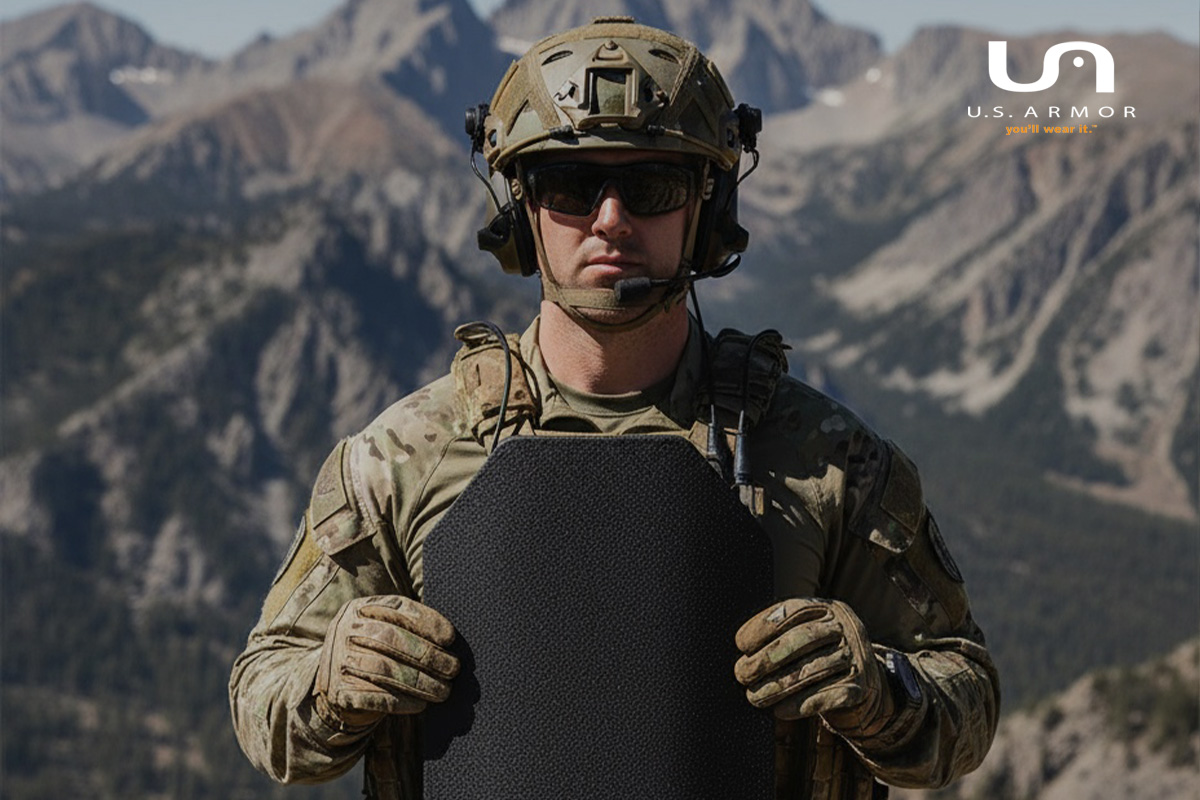
Choosing the right ballistic protection can mean the difference between life and death. For law enforcement procurement officers, tactical team leaders, and military personnel, understanding the critical differences between soft body armor vs hard armor plates is essential for making informed protection decisions that balance threat levels, operational requirements, and budget constraints.
This comprehensive guide examines both protection systems in detail, helping you determine which solution—or combination—best serves your team’s mission profile and threat environment.
Soft Body Armor vs Hard Armor Plates: Understanding the Fundamentals
Soft body armor and hard armor plates represent two fundamentally different approaches to ballistic protection, each engineered for specific threat levels and operational contexts.
Soft body armor consists of multiple layers of high-strength synthetic fibers—typically aramid materials like Kevlar or ultra-high-molecular-weight polyethylene (UHMWPE)—woven into flexible panels. These panels are designed to catch and deform bullets, dissipating kinetic energy across the armor’s surface area. The flexible construction allows soft armor to conform to the body’s contours, making it ideal for concealed wear and extended duty periods.
Hard armor plates are rigid inserts constructed from ceramic, steel, polyethylene, or composite materials. Unlike soft armor’s energy-dissipation approach, hard plates are designed to break up projectiles on impact while the backing material catches fragments. This construction enables protection against rifle rounds and armor-piercing threats that would easily penetrate soft armor.
The fundamental distinction comes down to threat level and wear profile. Soft body armor excels at stopping handgun rounds and fragmentation while maintaining all-day wearability. Hard armor plates provide rifle-rated protection but add significant weight and bulk, making them more suitable for high-threat tactical operations rather than routine patrol work.
Understanding this core difference is the foundation for selecting appropriate protection for your personnel and mission requirements.
IIIA Soft Trauma Inserts
$0.00Removable IIIA trauma plate inserts provide the officer with additional impact & ballistic protection over the heart and vital organs area of the center chest. Trauma Plates also offer extra impact protection from non-traditional puncture threats such as steering wheel columns and jagged metal items from vehicular accidents, buckshot, other shrapnel and blunt weapon strikes. The IIIA-Soft-Trauma-Inserts is designed for superior protection and reliability, making it an essential piece of gear for law enforcement, military personnel, and security professionals. Built with high-quality materials and advanced engineering, it provides optimal safety without compromising comfort or mobility.
With a focus on durability, the IIIA-Soft-Trauma-Inserts offers enhanced resistance against impact and ballistic threats, ensuring maximum defense in high-risk situations. Whether you’re in tactical operations, law enforcement missions, or personal defense scenarios, this product delivers the strength and protection you need. The iiia-soft-trauma-inserts is lightweight yet rugged, ensuring prolonged wearability while maintaining peak performance. Engineered to meet the highest industry standards, it is the go-to choice for professionals who demand excellence in protective gear. Stay prepared and secure with the IIIA Soft Trauma Inserts, your ultimate safeguard against evolving threats.
Protection Levels: What Soft Armor and Hard Plates Actually Stop
The National Institute of Justice (NIJ) establishes ballistic resistance standards that define what each protection level can defeat. Understanding these ratings is critical when evaluating soft body armor vs hard armor plates.
Soft Body Armor Protection Levels:
NIJ Level IIA: Stops 9mm and .40 S&W rounds at specified velocities. This represents the minimum protection level and is rarely specified for law enforcement due to limited threat coverage.
NIJ Level II: Defeats 9mm and .357 Magnum rounds. This level provides adequate protection for many law enforcement patrol scenarios where handgun threats predominate.
NIJ Level IIIA: The most common soft armor specification for law enforcement, Level IIIA stops .357 SIG and .44 Magnum rounds. This level offers comprehensive handgun protection including most common pistol calibers and many submachine gun threats.
Critically, no soft body armor—regardless of thickness—provides reliable protection against rifle rounds. The velocity and construction of rifle ammunition fundamentally exceeds what flexible armor can defeat.
Hard Armor Plate Protection Levels:
NIJ Level III: Defeats rifle rounds including 7.62x51mm NATO (.308 Winchester) and 5.56x45mm NATO (.223 Remington). Level III plates provide essential protection against the most common rifle threats in both military and domestic law enforcement contexts.
NIJ Level IV: The highest NIJ rating, Level IV plates stop armor-piercing rifle rounds including .30-06 M2 AP. This protection level is essential for military operations and high-risk law enforcement scenarios where armor-piercing threats are anticipated.
Special Threat Plates: Many manufacturers offer plates rated for specific threats beyond NIJ standards, including protection against 5.56mm M855 “green tip” ammunition, 7.62x39mm (AK-47), and other specialized threats.
When comparing soft body armor vs hard armor plates, the protection level difference is stark: soft armor handles handgun threats while hard plates are necessary for rifle protection. This fundamental distinction drives most protection decisions.
Enforcer XP Series Model 1316M – NIJ 0101.06 – Level IIIA
$0.00KEVLAR® XP™ is a new woven fabric from DuPont’s family of performance aramids. KEVLAR® XP™ has been completely redesigned for today’s modern threats. One of the key improvements to this fabric is its ability to reduce the back face deformation by 15% or more when compared to other ballistic materials. The Enforcer XP Series Model 1316M – Level IIIA is designed for superior protection and reliability, making it an essential piece of gear for law enforcement, military personnel, and security professionals. Built with high-quality materials and advanced engineering, it provides optimal safety without compromising comfort or mobility. With a focus on durability, the Enforcer-XP-Series-Model-1316M-Level-IIIA offers enhanced resistance against impact and ballistic threats, ensuring maximum defense in high-risk situations.
Whether you’re in tactical operations, law enforcement missions, or personal defense scenarios, this product delivers the strength and protection you need. The Enforcer-XP-Series-Model-1316M-Level-IIIA is lightweight yet rugged, ensuring prolonged wearability while maintaining peak performance. Engineered to meet the highest industry standards, it is the go-to choice for professionals who demand excellence in protective gear. Stay prepared and secure with the Enforcer XP Series Model 1316M – Level IIIA, your ultimate safeguard against evolving threats.
Weight and Mobility: Comparing Operational Performance
Weight directly impacts officer fatigue, response times, and operational effectiveness. The weight difference between soft body armor vs hard armor plates significantly affects how personnel perform throughout their duty period.
Soft Body Armor Weight Profile:
Modern Level IIIA soft armor typically weighs between 4-7 pounds for a complete vest system covering front and back torso protection. Advanced materials like UHMWPE can reduce this further, with some systems weighing as little as 3-4 pounds while maintaining full NIJ IIIA protection.
This minimal weight allows officers to wear soft armor for entire 8-12 hour shifts without significant fatigue. The flexibility of soft armor also preserves full range of motion, allowing personnel to run, drive, climb, and perform all standard duties without restriction.
Hard Armor Plate Weight Profile:
Hard armor plates add substantial weight to any protection system. A typical Level III plate set (front and back) weighs between 12-20 pounds depending on material construction:
- Steel plates: 16-20 pounds per set (heaviest but most affordable)
- Ceramic plates: 12-16 pounds per set (excellent protection-to-weight ratio)
- Polyethylene plates: 8-12 pounds per set (lightest but most expensive)
When combined with a plate carrier, ammunition, and other tactical gear, total system weight can easily exceed 30-40 pounds. This load significantly impacts mobility, increases fatigue, and reduces operational duration before performance degradation occurs.
Mobility Considerations:
Beyond raw weight, the rigid construction of hard plates restricts torso flexibility. Officers wearing plate carriers experience reduced ability to bend, twist, and move fluidly compared to soft armor. This mobility restriction is acceptable for short-duration tactical operations but becomes problematic for extended wear.
For daily patrol operations, soft body armor’s weight and mobility advantages are decisive. For tactical operations where rifle threats are present, the mobility sacrifice becomes acceptable given the protection requirements.
Comfort and Wearability: Daily Patrol vs Tactical Operations
Comfort directly affects compliance—the best armor provides no protection if personnel avoid wearing it. When comparing soft body armor vs hard armor plates, wearability differences are substantial.
Soft Body Armor Comfort Advantages:
Soft armor’s flexible construction allows it to conform to individual body shapes, distributing weight evenly across the torso. Modern vest designs incorporate:
- Moisture-wicking carriers: Materials that manage perspiration and reduce heat buildup
- Ergonomic shaping: Curved panels that follow natural body contours
- Adjustable sizing: Multiple adjustment points for proper fit across diverse body types
- Ventilation channels: Air flow designs that reduce heat stress
These features make soft armor suitable for all-day wear in diverse climates and duty assignments. Officers can wear soft armor concealed under uniforms or in overt carriers, maintaining professional appearance while staying protected.
Heat management is particularly important. Soft armor generates less heat buildup than plate carriers, reducing heat stress risk during summer months or in warm climates—a critical consideration for officer safety and performance.
Hard Armor Plate Wearability Challenges:
Plate carriers present several comfort challenges:
- Pressure points: Rigid plates create concentrated pressure on shoulders and torso edges
- Heat retention: Plates trap body heat, and carriers typically cover more surface area than soft armor
- Limited adjustability: Plates come in fixed sizes (typically small, medium, large, extra-large) that may not fit all body types optimally
- Bulk: Plate carriers are difficult to conceal and create a distinct tactical profile
These factors make plate carriers unsuitable for extended daily wear. Most agencies reserve plate carriers for tactical operations, high-risk warrants, and active threat responses rather than routine patrol.
Operational Context Matters:
For daily patrol work spanning 8-12 hours, soft body armor’s comfort advantages are essential for maintaining officer alertness and performance. For tactical operations lasting 1-3 hours with defined start and end points, the discomfort of plate carriers becomes acceptable given the elevated threat level.
Cost Analysis: Soft Armor vs Hard Plates Investment
Budget constraints affect every procurement decision. Understanding the total cost of ownership for soft body armor vs hard armor plates helps agencies allocate resources effectively.
Soft Body Armor Costs:
Quality Level IIIA soft armor systems typically range from $400-$1,200 per vest depending on:
- Material technology: Traditional aramid armor costs less than advanced UHMWPE systems
- Carrier quality: Basic carriers versus premium moisture-wicking, ventilated designs
- Coverage area: Standard torso protection versus extended side coverage
- Customization: Off-the-shelf sizing versus custom-fitted systems
Soft armor requires replacement every 5-7 years as materials degrade over time, even without ballistic impacts. This creates a predictable replacement cycle for budget planning.
Hard Armor Plate Costs:
Hard armor plates vary significantly by material and protection level:
- Steel Level III plates: $150-$300 per set (most economical but heaviest)
- Ceramic Level III plates: $300-$600 per set (excellent value for performance)
- Ceramic Level IV plates: $500-$1,000 per set (highest protection level)
- Polyethylene Level III plates: $600-$1,200 per set (lightest weight, premium cost)
Plate carriers add $150-$500 depending on quality and features. Unlike soft armor, hard plates don’t have a fixed expiration date—they remain effective until damaged by impact or excessive wear.
Total System Cost Comparison:
For a 50-officer department:
Soft armor program: $30,000-$60,000 initial investment ($600-$1,200 per officer), with replacement costs every 5-7 years. Over 10 years: approximately $60,000-$120,000.
Tactical plate program: $25,000-$50,000 for 20 plate carrier sets ($1,250-$2,500 per set including carrier), with minimal replacement costs if properly maintained. Over 10 years: approximately $30,000-$60,000.
Most agencies require both: soft armor for daily wear and plate carriers for tactical operations. This combined approach typically represents the most cost-effective strategy for comprehensive protection across all operational contexts.
When to Use Soft Body Armor: Best Applications
Soft body armor excels in operational contexts where handgun threats predominate and extended wear is required. Understanding optimal soft armor applications ensures personnel receive appropriate protection without unnecessary burden.
Daily Patrol Operations:
Routine patrol represents the primary application for soft body armor. Officers face predominantly handgun threats during traffic stops, domestic disturbances, and general patrol activities. The all-day wearability of soft armor ensures consistent protection throughout the shift without fatigue-related performance degradation.
Investigative Work:
Detectives and investigators benefit from soft armor’s concealability. Level IIIA protection can be worn under business attire, providing protection during interviews, surveillance, and investigative activities without compromising professional appearance or alerting subjects.
Corrections and Court Security:
Correctional officers and court security personnel face primarily edged weapon and handgun threats in controlled environments where rifles are unlikely. Soft armor provides appropriate protection while maintaining mobility necessary for hands-on control techniques.
Executive Protection:
Protection details require concealable armor that doesn’t create an overtly tactical appearance. Soft armor allows protection specialists to blend into various environments while maintaining readiness.
Private Security:
Security personnel in commercial, retail, and residential settings typically encounter handgun-level threats. Soft armor provides appropriate protection without the tactical appearance of plate carriers, which may be inappropriate for many private security contexts.
Optimal Soft Armor Scenarios:
- Extended duty periods (8+ hours)
- Environments where rifle threats are unlikely
- Situations requiring concealment
- Operations requiring maximum mobility
- Hot weather or high-exertion activities
- Budget-constrained departments needing to equip all personnel
Soft armor is ideal for concealable body armor for daily wear by patrol officers and plainclothes personnel.
When to Use Hard Armor Plates: Mission-Critical Scenarios
Hard armor plates become essential when rifle threats are present or anticipated. Understanding when to deploy plate carriers ensures appropriate protection without unnecessary burden during lower-threat operations.
High-Risk Warrant Service:
Serving warrants on armed suspects, particularly those with known access to rifles, requires plate protection. The planned nature of warrant operations allows teams to don plate carriers specifically for the mission.
Active Shooter Response:
Active shooter incidents frequently involve rifle-armed suspects. First responders entering these environments require rifle-rated protection. Many agencies now equip patrol vehicles with plate carriers for immediate deployment during active threats.
Tactical Team Operations:
SWAT and tactical teams routinely face elevated threats including barricaded suspects, hostage situations, and high-risk entries. Plate carriers represent standard equipment for these specialized units.
Military Combat Operations:
Military personnel in combat zones face consistent rifle threats. Plate carriers provide essential protection in environments where enemy forces are equipped with military-grade weapons.
Civil Unrest and Riot Response:
Large-scale civil disturbances may involve rifle-armed individuals within crowds. Specialized teams deployed to these situations benefit from plate protection while maintaining mobility for crowd management.
Dignitary Protection in High-Threat Environments:
When protecting high-value individuals in elevated-threat environments, protection teams may wear plate carriers to counter sophisticated attacks involving rifle-caliber weapons.
Optimal Hard Plate Scenarios:
- Known or suspected rifle threats
- Short-duration tactical operations (1-4 hours)
- Planned operations allowing time to don equipment
- Situations where tactical appearance is appropriate
- Military combat environments
- Active threat responses requiring maximum protection
Combining Soft and Hard Armor: Complete Protection Systems
The most comprehensive protection strategy combines soft body armor and hard armor plates, leveraging the strengths of each system. Understanding how to integrate both creates a layered defense optimized for diverse threats.
The Layered Protection Concept:
Many tactical operators wear soft armor as a base layer with hard plates inserted over it. This combination provides:
- Enhanced rifle protection: Soft armor backing helps catch plate fragments and provides additional energy absorption
- Extended coverage: Soft armor protects areas not covered by plates (sides, shoulders, lower torso)
- Handgun protection across full torso: Areas outside plate coverage still receive Level IIIA protection
- Backup protection: If a plate fails or is compromised, soft armor provides residual protection
Plate Carrier Systems with Soft Armor Integration:
Modern plate carriers often include pouches or attachment systems for soft armor panels, creating integrated protection systems. This design allows:
- Quick transition from patrol (soft armor only) to tactical (plates inserted)
- Consistent fit and wear patterns
- Simplified equipment management
- Optimized weight distribution
Operational Flexibility:
A combined system approach provides maximum operational flexibility:
Routine patrol: Officers wear soft armor only, maintaining comfort and mobility for daily duties.
Elevated threat response: Officers quickly don plate carriers over soft armor when responding to active threats or high-risk situations.
Tactical operations: Specialized teams wear integrated soft armor and plate systems for maximum protection during planned operations.
Coverage Considerations:
When combining systems, ensure proper coverage overlap. Plates typically protect the vital organs (heart, lungs, major vessels) while soft armor extends protection to the full torso. This creates comprehensive coverage against diverse threats.
Weight Management:
Combined systems add weight—a full setup may total 15-25 pounds for armor alone. This reinforces why combined systems are reserved for tactical operations rather than daily wear. The protection benefit justifies the burden when threat levels warrant maximum protection.
Maintenance Requirements: Soft Armor vs Hard Plates
Proper maintenance extends armor life and ensures protection when needed. Soft body armor and hard armor plates have distinct maintenance requirements that affect long-term performance and reliability.
Soft Body Armor Maintenance:
Regular inspection: Examine panels monthly for signs of damage including tears, fraying, delamination, or unusual wear patterns. Any damage compromises protection and requires immediate replacement.
Carrier cleaning: Wash carriers regularly according to manufacturer specifications, typically every 1-2 weeks for daily wear. Most carriers are machine washable, but always remove ballistic panels first.
Panel care: Never wash ballistic panels. Spot clean with damp cloth if necessary. Avoid folding or creasing panels, which can damage fiber structure.
Storage: Store soft armor flat or hanging in cool, dry environments away from direct sunlight, chemicals, and excessive heat. UV exposure and heat degrade aramid fibers over time.
Replacement schedule: Replace soft armor every 5-7 years regardless of visible condition. Fiber degradation occurs over time even without apparent damage. Track manufacturing dates and implement systematic replacement programs.
Documentation: Maintain records of issue dates, inspection findings, and any incidents involving the armor. This documentation supports warranty claims and helps track armor lifecycle.
BSII+2 Multi Threat Vest (NIJ .05)
Enforcer 3000 Series Model 3316 – NIJ 0101.06 – Level IIIA
ERPC G2 – Extended Rifle Plate Carrier
LPC – Lightweight Plate Carrier
Maintenance Requirements: Soft Armor vs Hard Plates
Proper maintenance extends armor life and ensures protection when needed. Soft body armor and hard armor plates have distinct maintenance requirements that affect long-term performance and reliability.
Soft Body Armor Maintenance:
Regular inspection: Examine panels monthly for signs of damage including tears, fraying, delamination, or unusual wear patterns. Any damage compromises protection and requires immediate replacement.
Carrier cleaning: Wash carriers regularly according to manufacturer specifications, typically every 1-2 weeks for daily wear. Most carriers are machine washable, but always remove ballistic panels first.
Panel care: Never wash ballistic panels. Spot clean with damp cloth if necessary. Avoid folding or creasing panels, which can damage fiber structure.
Storage: Store soft armor flat or hanging in cool, dry environments away from direct sunlight, chemicals, and excessive heat. UV exposure and heat degrade aramid fibers over time.
Replacement schedule: Replace soft armor every 5-7 years regardless of visible condition. Fiber degradation occurs over time even without apparent damage. Track manufacturing dates and implement systematic replacement programs.
Documentation: Maintain records of issue dates, inspection findings, and any incidents involving the armor. This documentation supports warranty claims and helps track armor lifecycle.
Hard Armor Plate Maintenance:
Visual inspection: Examine plates quarterly for cracks, chips, delamination, or structural damage. Pay particular attention to edges and corners where damage typically initiates.
Drop testing: If a plate is dropped from significant height, inspect carefully and consider replacement. Ceramic plates are particularly vulnerable to impact damage that may not be immediately visible.
Carrier maintenance: Clean plate carriers regularly, following manufacturer specifications. Most carriers are machine washable with plates removed.
Storage: Store plates in cool, dry locations. While more durable than soft armor, plates should be protected from extreme temperature fluctuations and physical damage.
No expiration date: Unlike soft armor, hard plates don’t have predetermined expiration dates. Plates remain effective until damaged. However, inspect regularly and replace if any structural compromise is detected.
Post-impact replacement: Any plate that stops a ballistic threat must be immediately replaced. The impact compromises structural integrity, and the plate cannot be relied upon for subsequent protection.
Comparative Maintenance Burden:
Soft armor requires more frequent attention due to daily wear and predetermined replacement schedules. Hard plates require less routine maintenance but demand careful inspection after any impact or suspected damage. Both systems require disciplined maintenance programs to ensure reliability when protection is needed.
FAQs: Soft Body Armor vs Hard Armor Plates
What’s the main difference between soft body armor and hard armor plates?
Soft body armor is flexible and designed to stop handgun rounds, making it ideal for daily patrol and concealed wear. Hard armor plates are rigid inserts that stop rifle rounds and armor-piercing threats, used primarily in tactical or high-risk situations.
Can soft body armor stop rifle rounds?
No. Even high-quality Level IIIA soft body armor cannot stop rifle-caliber rounds. To defend against rifle threats, you need hard armor plates rated Level III or Level IV under NIJ standards.
Which is more comfortable to wear—soft or hard armor?
Soft body armor is significantly lighter, more flexible, and breathable, making it suitable for long shifts. Hard armor plates are heavier and less flexible, best suited for short-term tactical operations or missions where rifle protection is required.
How long does soft body armor last compared to hard armor plates?
Soft body armor typically needs replacement every 5–7 years due to material degradation. Hard armor plates don’t have a fixed expiration date but must be replaced immediately if damaged or after stopping a round.
Should law enforcement officers wear both soft and hard armor?
Yes, many agencies combine both systems. Officers wear soft armor daily for handgun protection and add hard armor plates during tactical or high-threat situations, creating a complete protection system that balances comfort and safety.
Can hard armor plates be worn alone without soft armor?
Yes, hard plates can be worn in plate carriers without soft armor, but combining both provides comprehensive protection against handgun and rifle threats.
Do hard armor plates protect against multiple hits?
Yes, multi-hit rated plates can withstand multiple rifle rounds, but check NIJ certification for specific multi-hit ratings and shot spacing requirements.
Can soft body armor stop knife attacks?
Standard ballistic soft armor provides limited stab protection. For knife threats, you need armor with specific NIJ stab-resistance certification.
What materials are used in soft body armor vs hard plates?
- Soft armor: Aramid fibers (Kevlar, Twaron), UHMWPE (Dyneema, Spectra)
- Hard plates: Ceramic, steel, polyethylene, or composite materials
Can you wear hard armor plates under clothing?
No, hard plates are too rigid and bulky for concealment. They're designed for overt tactical carriers worn over clothing.
How do you inspect hard armor plates for damage?
- Visual inspection for cracks, chips, or delamination
- Check edges and strike face for damage
- X-ray inspection for internal damage (after drops or impacts)
- Replace immediately if compromised
Can hard armor plates get wet?
Most modern plates are water-resistant, but prolonged moisture exposure can damage ceramic plates. Always dry thoroughly and store in climate-controlled environment.
Can you run and move quickly in hard armor plates?
Yes, but mobility is reduced compared to soft armor. Proper plate carrier fit and physical conditioning are essential.
U.S. Armor's Soft Body Armor and Hard Plate Solutions
Since 1986, U.S. Armor Corporation has manufactured advanced ballistic protection trusted by law enforcement, military, and security professionals worldwide. Our comprehensive product line addresses the full spectrum of protection requirements discussed throughout this comparison.
Soft Body Armor Excellence:
U.S. Armor’s soft armor systems combine advanced materials with ergonomic design, delivering NIJ-certified Level IIIA protection without compromising comfort or mobility. Our soft armor solutions feature:
- Advanced fiber technology: Utilizing both aramid and UHMWPE materials optimized for protection-to-weight ratios
- Ergonomic panel design: Curved panels that conform to body contours for all-day comfort
- Climate-adaptive carriers: Moisture-wicking, ventilated designs that manage heat in diverse environments
- Flexible sizing: Comprehensive size ranges and adjustment systems for proper fit across all body types
- Concealable and overt options: Solutions for uniformed patrol and plainclothes operations
Our soft armor has protected officers during countless duty shifts, providing the reliable handgun protection essential for daily law enforcement operations.
Hard Armor Plate Innovation:
U.S. Armor’s hard armor plates deliver rifle-rated protection when threats escalate beyond handgun levels. Our plate solutions include:
- Multi-curve ceramic plates: Ergonomically shaped for improved comfort and coverage
- Level III and Level IV options: Protection against standard rifle threats and armor-piercing rounds
- Optimized weight profiles: Advanced materials that minimize weight without compromising protection
- Special threat ratings: Plates certified against specific threats including M855 and 7.62x39mm
- Stand-alone and in-conjunction options: Plates designed for use with or without soft armor backing
Integrated Protection Systems:
U.S. Armor understands that comprehensive protection requires both soft armor and hard plates. Our systems are designed to work together seamlessly:
- Plate carriers compatible with our soft armor panels for layered protection
- Consistent sizing across product lines for simplified equipment management
- Modular designs allowing quick transitions between protection levels
- Complete solutions from daily patrol to high-risk tactical operations
Trusted Performance:
U.S. Armor products have saved hundreds of officers’ lives over nearly four decades. Our commitment to quality, performance, and comfort ensures that personnel receive protection they’ll actually wear—because the best armor is the armor that’s on your body when you need it.
Whether you’re equipping an entire department with soft armor for daily patrol or outfitting a tactical team with rifle-rated plates, U.S. Armor delivers the protection, comfort, and reliability that law enforcement and military professionals depend on.
Making the Right Choice for Your Team
Understanding the differences between soft body armor vs hard armor plates empowers you to make informed protection decisions that balance threat levels, operational requirements, comfort, and budget. Most agencies benefit from both: soft armor for daily operations and hard plates for tactical responses. This layered approach ensures appropriate protection across all operational contexts while maintaining officer performance and compliance.
U.S. Armor stands ready to help you evaluate your specific requirements and design protection solutions that keep your personnel safe while maintaining the mobility and comfort essential for effective operations. Contact us to discuss your protection needs and discover how our advanced ballistic solutions can serve your mission.
